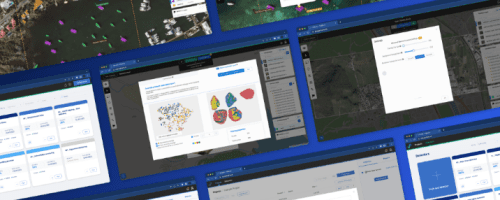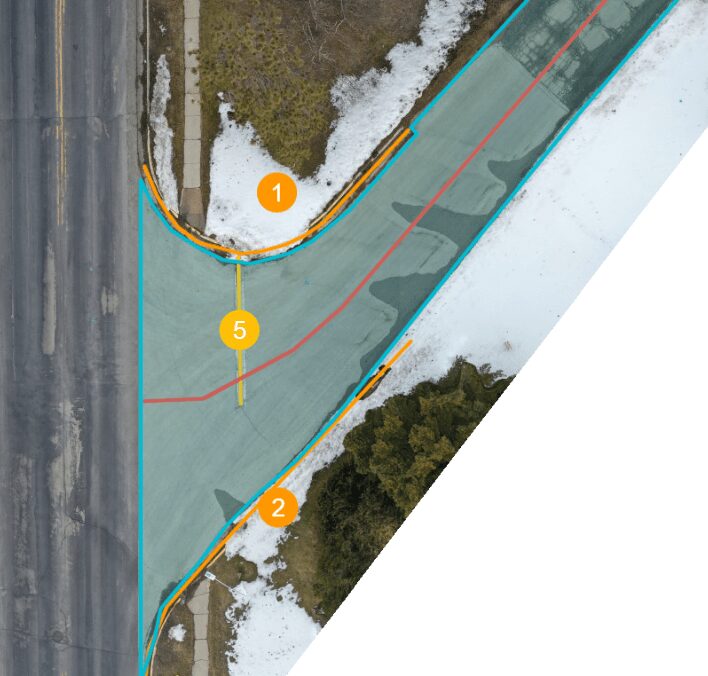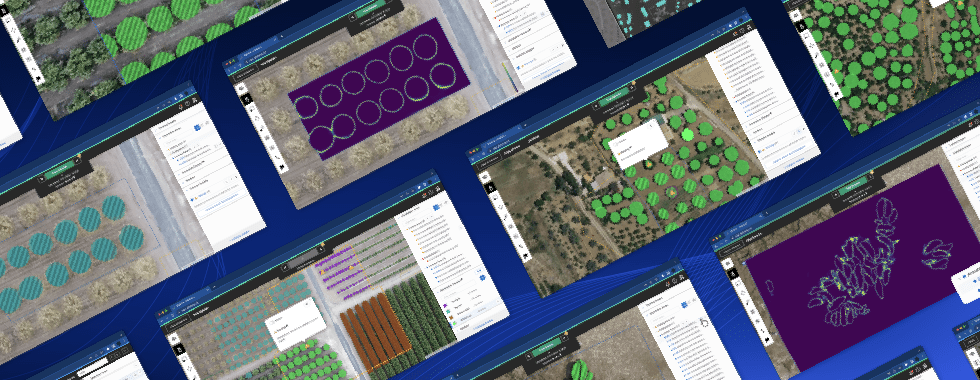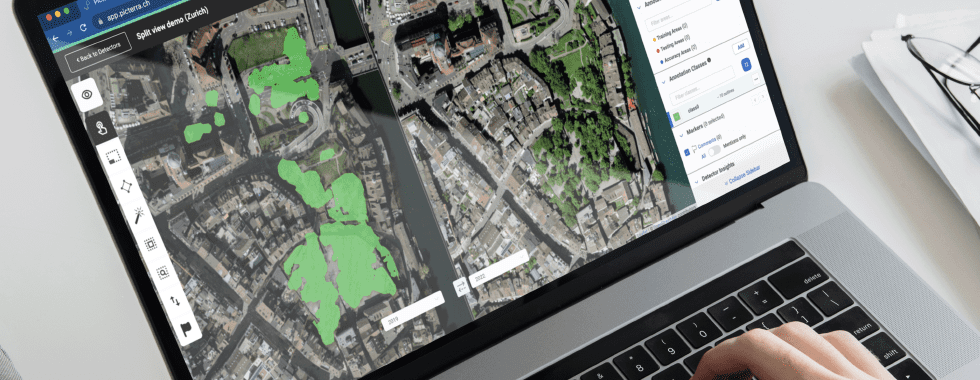Thanks to Patrick Kinsella at Elevated Solutions for his subject matter expertise that informed this article.
Unless it is your job to construct, maintain, inspect, or repair it, it’s easy to overlook the importance of paving. Roads, parking lots, driveways, sidewalks – pavement is just everywhere we look.
But what if we told you that there are about 65 million miles of pavement around the world that needs to be regularly inspected as part of its maintenance? The American Society of Civil Engineers estimates that 32% of the U.S.’s public roadways are in substandard condition, translating into an annual economic cost of more than $100 billion.
If you care for paving properly, the lifespan is about 30 years. If you don’t, well, it plummets to about 5 years before you need to replace it. Not only is that very expensive. The asset owner also risks being held liable for damages or personal injury that occur due to negligent maintenance. That’s why it is crucial to have a pavement conservation plan that outlines the current health and maintenance schedule.
Geospatial AI for paving: conservation plans are no longer enough
In our experience, the number one reason paving conservation plans fail is because of scale. Inspectors are faced with thousands of locations or miles to inspect down to the smallest crack. To create a report, they need to document and classify cracks, potholes, erosion, line striping, curbs and gutters, fatigue cracking, block cracking, raveling, and so on. Then they need to assess the severity of each defect. Adding insult to injury: the assessment is conducted using manual surveying and documenting! Not only is it extremely time-consuming, but it’s also physically taxing to be out in the field and around hazardous fumes for a living.
The paving inspection industry is riddled with similar problems:
- Dwindling workforce – experienced professionals are retiring faster than new ones enter, leaving fewer people to perform the existing workload.
- Deteriorating working conditions – inspectors work more overtime driving hundreds of miles between locations.
- Deteriorating inspection quality – inspectors often don’t have the appropriate amount of time to walk every square inch of the pavement leading to recording discrepancies between sites.
Needless to say, the industry is ripe for innovation. Enter: geospatial AI for paving. Using geospatial intelligence platforms like Picterra, paving professionals and estimators can perform their duties more efficiently and with higher consistency. The output is higher quality reports that property owners can use to prioritize repairs, extend the asset lifetime, and prevent costly repairs. Let’s dig into how it works.
Identifying and classifying cracks with machine learning
Assessing a 10-acre commercial parking lot typically requires 3-5 man-hours. The parcel would need to be completely cleared of vehicles, causing major disruption to the property owner’s operation and customer experience. (Think about it: the parking lot is usually the first impression a retailer makes!) The estimator then needs to inspect every crevice and document every defect with annotations that correlate with all of the industry standardized assessments.
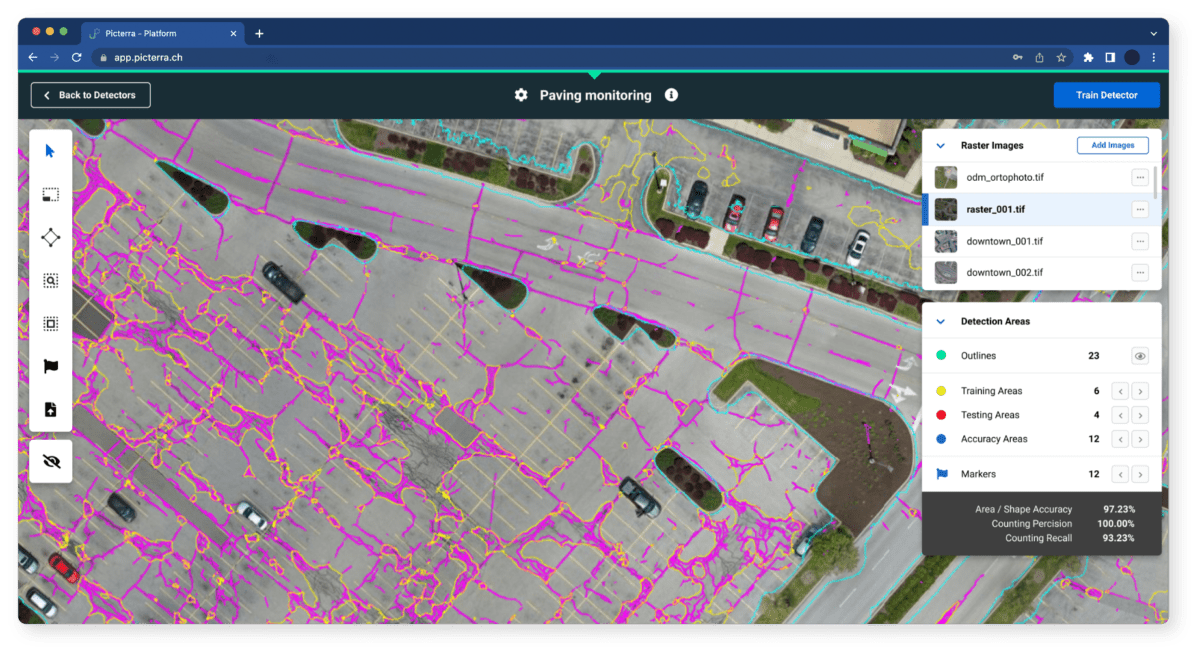
AI detecting pavement cracks & erosion
If the same estimator would instead use a drone to take high-resolution pictures of the parcel, the parking lot would only need to be empty for roughly 20 minutes. Feeding the pictures into Picterra and training the deep learning models to classify the defects would take another 20 minutes. All in all, the estimator would shave off hours of work, with much more consistent output! Here at Picterra, we believe in automating as much of the grunt work as possible so professionals can free up time to spend on more value-added tasks.
Additional benefits include:
- Increased accuracy – Have you heard the adage “send three people to measure something and you’re going to receive three different measurements”? That is one of the main reasons why the paving industry ought to use machine learning models. By being able to assess properties across the globe in an objective, standardized way, the whole industry can benefit from collective insights on where to prioritize repairs to prevent costly deterioration.
- Improved working conditions – Imagine a world in which inspectors don’t need to travel thousands of miles per year to do their jobs. Estimators can perform their duties from behind a desk by letting a local drone service provider obtain the pictures. It has several positive benefits:
- Time and cost savings for each assessment
- Reduced health risks associated with fieldwork surrounded by careless drivers and hazardous fumes
- Cheaper insurance premiums by reducing the risk of vehicular accidents
- Reduced environmental impact – Reconstructing a large road can take months, even years, to complete. It requires large paving crews and heavy equipment. By having a pavement conservation plan with regular inspections, you can avoid having to re-pave the area every ten years and reduce the adverse effects on the surrounding environment.
Geospatial AI for paving professionals will soon be the new normal
With the advent of autonomous drones and image collection through smartphones, estimators’ working conditions are about to improve – a lot. So are property owners’ expectations for accurate, timely reports. Visual inspections are no longer enough – reports need to be based on industry standards and science rather than tribal knowledge. We know AI-driven geospatial intelligence will be a big part of the revolution!
We hosted a webinar on this topic on September 2 at 11am EST / 5pm CET. Click here to learn more and to watch it on-demand.
You can also explore a visual example of how Picterra can be used for paving inspection here.
